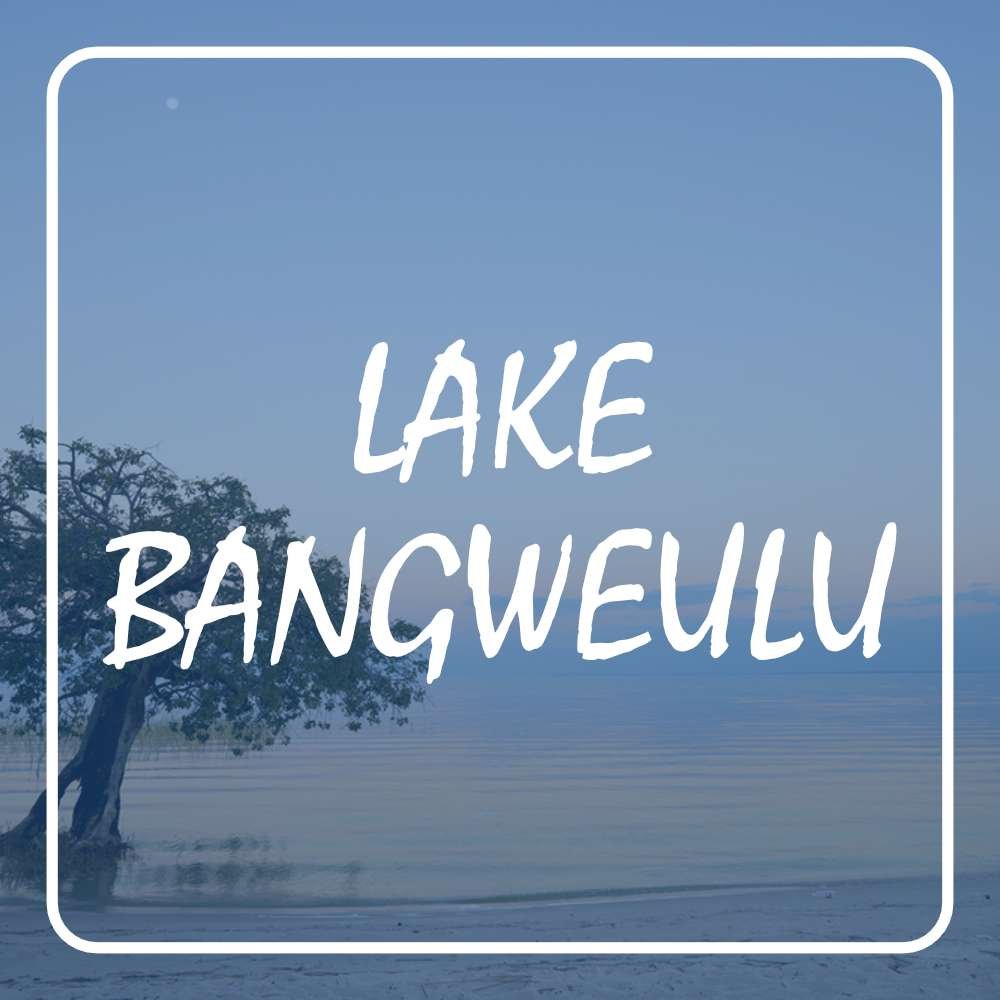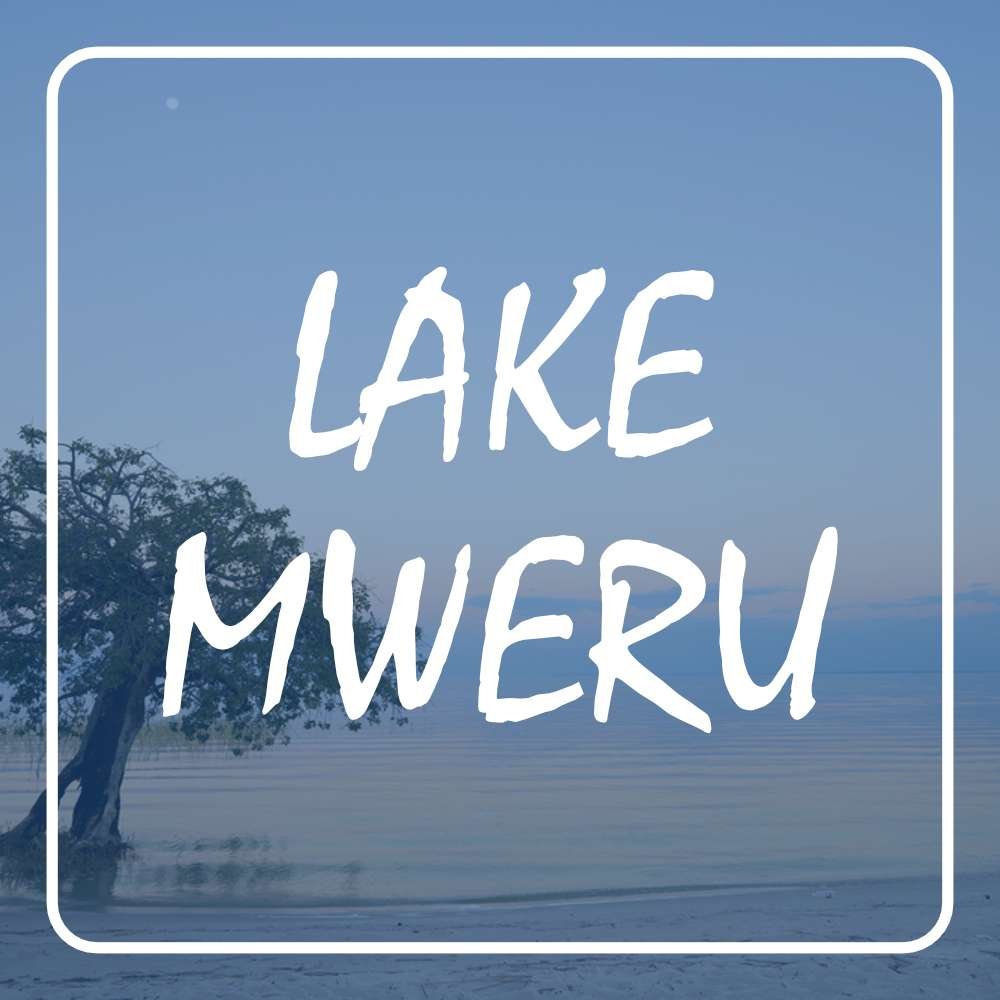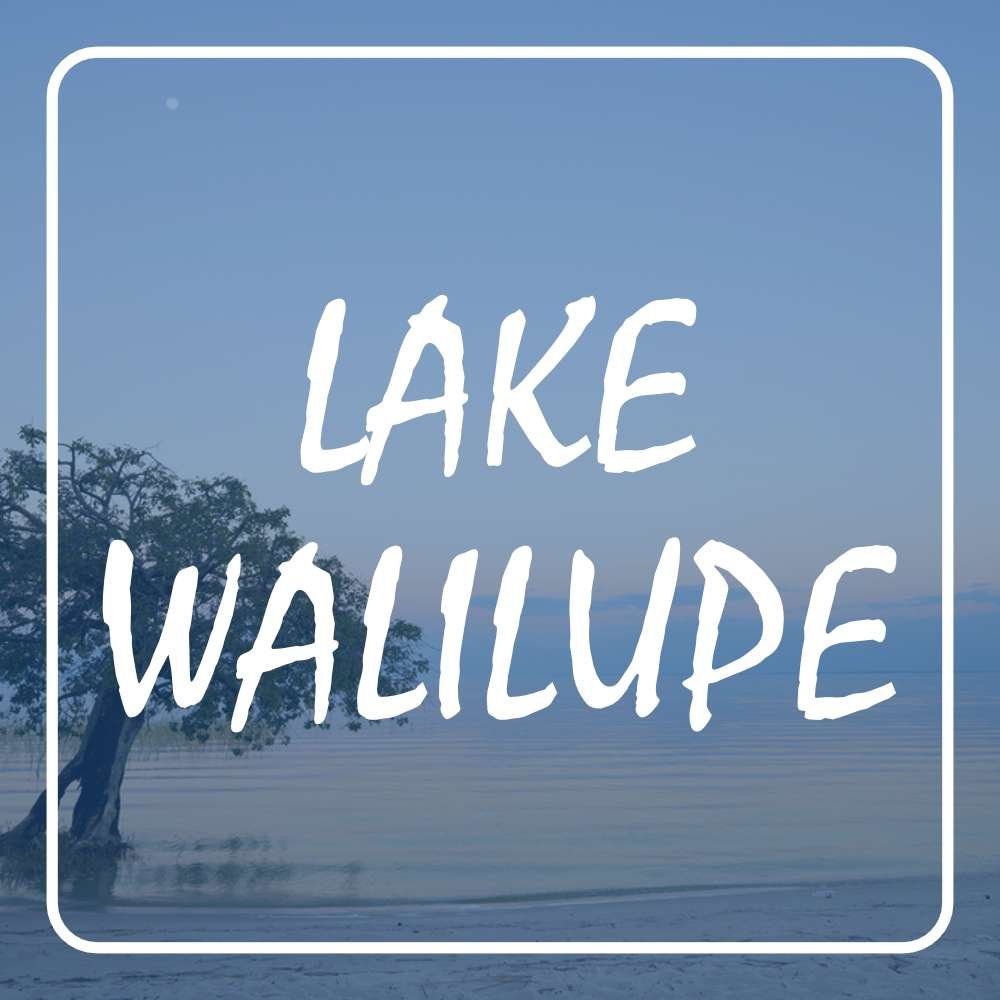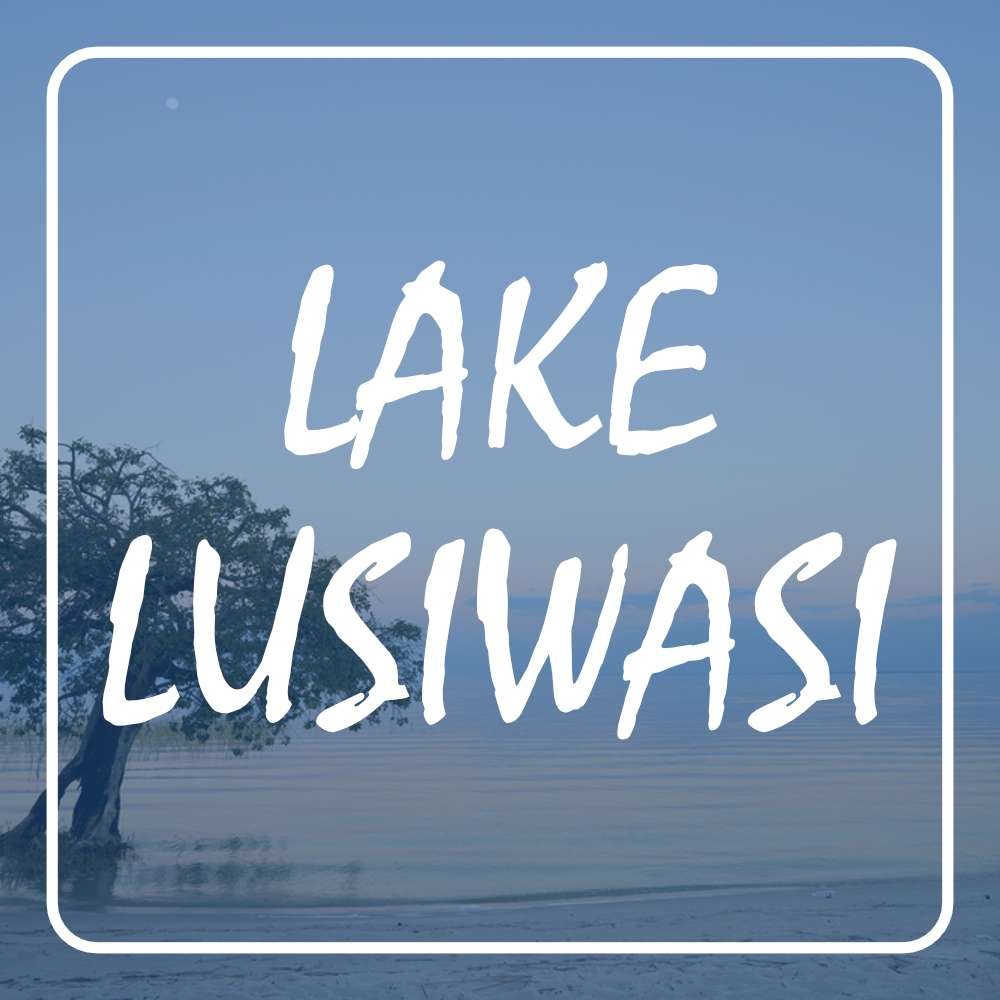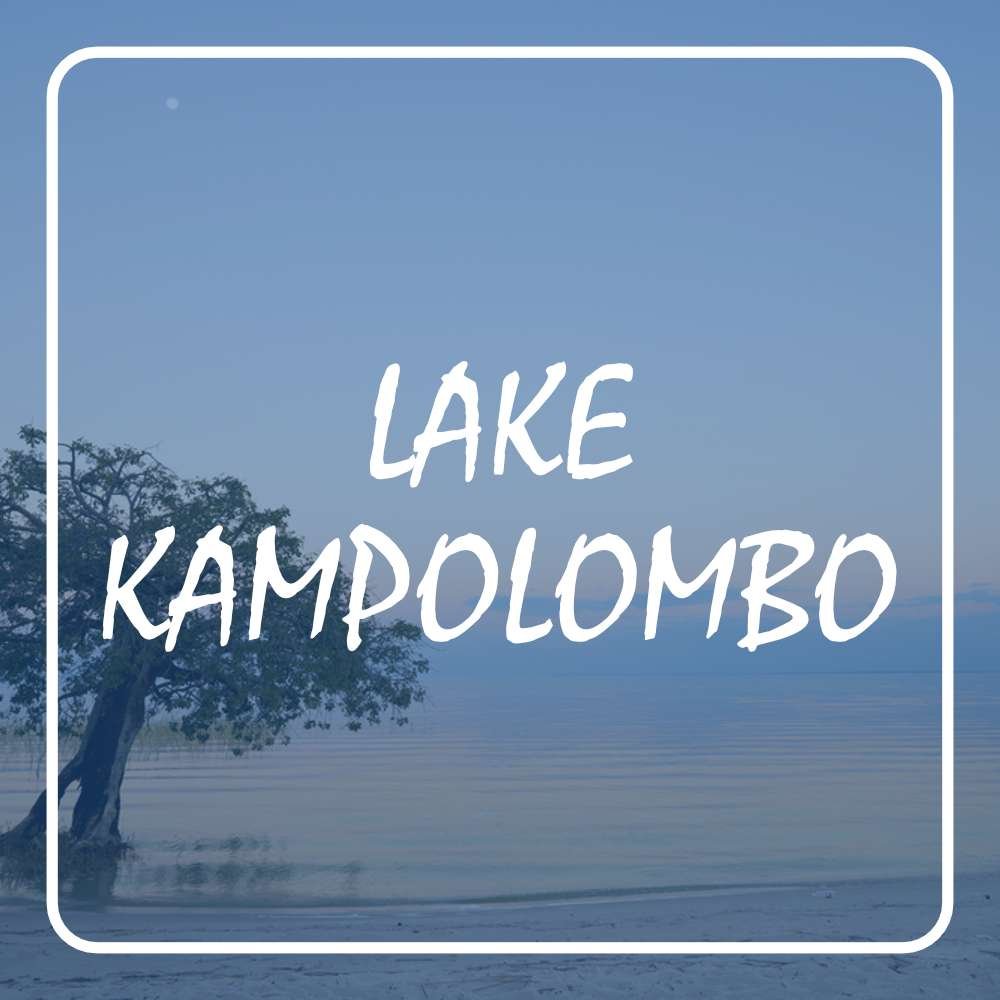Lake Kariba
( Kariba Dam )
- Lake Type: Freshwater Lake, Reservoir, Dam, Man-Made Lake, Hydro-Electric
- Coordinates: 16°55′S 28°00′E
- Volume: 180 km3
- Basin Area: 663000 km2
- Surface Area: 5580 km2
- Max Length: 223 km
- Max Width: 40 km
- Avg. Depth: 29 m
- Max Depth: 70 m
- Surface Elevation: 479 m
- Inflow: Zambezi river
- Outflow: Zambezi river
- Islands: Maaze, Mashape, Chete, Sekula, Sampa Karuma, Fothergill, Spurwing, Snake, Antelope, Bed, and Chikanka
- Countries: Zambia, Zimbabwe
Share:
General Information
Lake Kariba is the world’s largest artificial lake and reservoir by volume. It was filled between 1958 and 1963 following the completion of the Kariba Dam at its northeastern end, flooding the Kariba Gorge on the Zambezi River.
Fishery
During the filling-up phase of the lake, the water was high in nutrients coming from decomposing, inundated vegetation, creating a thick layer of fertile soil on land that became the lake bed. As a result, the ecology of Lake Kariba is vibrant. A number of fish species have been introduced to the lake, notably the sardine-like kapenta (transported from Lake Tanganyika), which now supports a thriving commercial fishery.
Gamefish, particularly tigerfish, which was among the indigenous species of the Zambezi river system, now thrive on the kapenta, which in turn encourages tourism. Both Zambia and Zimbabwe are now attempting to develop the tourism industry along their respective coasts of Lake Kariba.
Wildlife & Birdlife
Inhabitants of Lake Kariba include Nile crocodiles and hippopotami. Fish eagles, cormorants and other water birds patrol the shorelines, as do large numbers of elephants and other big game species including lion, cheetah, leopard, buffalo and a myriad of smaller plains game species. The southern Matusadona National Park was once a haven for black and white rhinoceros, but recent poaching activity has dramatically reduced their numbers.
Protected Areas
The portion of Lake Kariba which falls within Zimbabwe has been designated a recreational park within the Zimbabwe Parks and Wildlife Estate
Local Legends
No donation to this project yet.
| M | T | W | T | F | S | S |
|---|---|---|---|---|---|---|
| 1 | 2 | 3 | 4 | 5 | 6 | |
| 7 | 8 | 9 | 10 | 11 | 12 | 13 |
| 14 | 15 | 16 | 17 | 18 | 19 | 20 |
| 21 | 22 | 23 | 24 | 25 | 26 | 27 |
| 28 | 29 | 30 | 31 | |||




